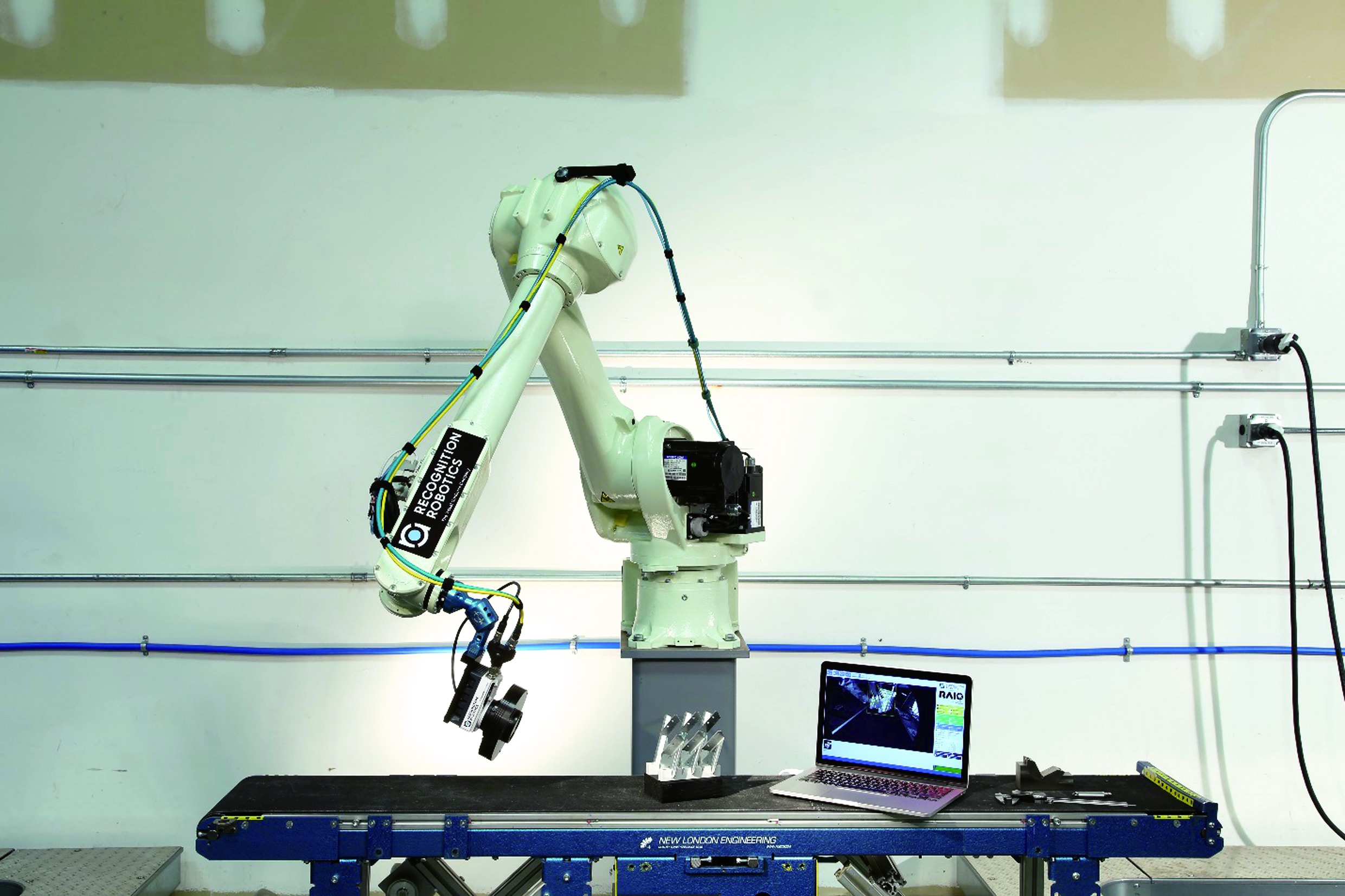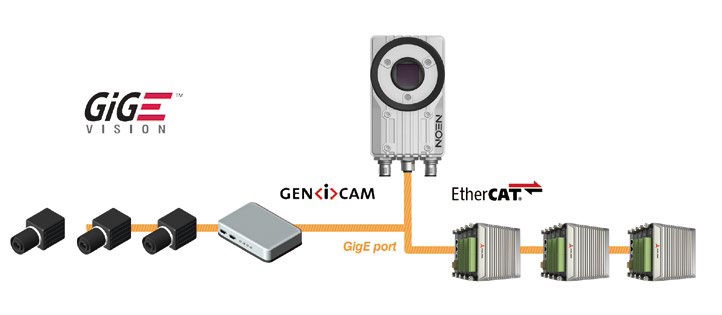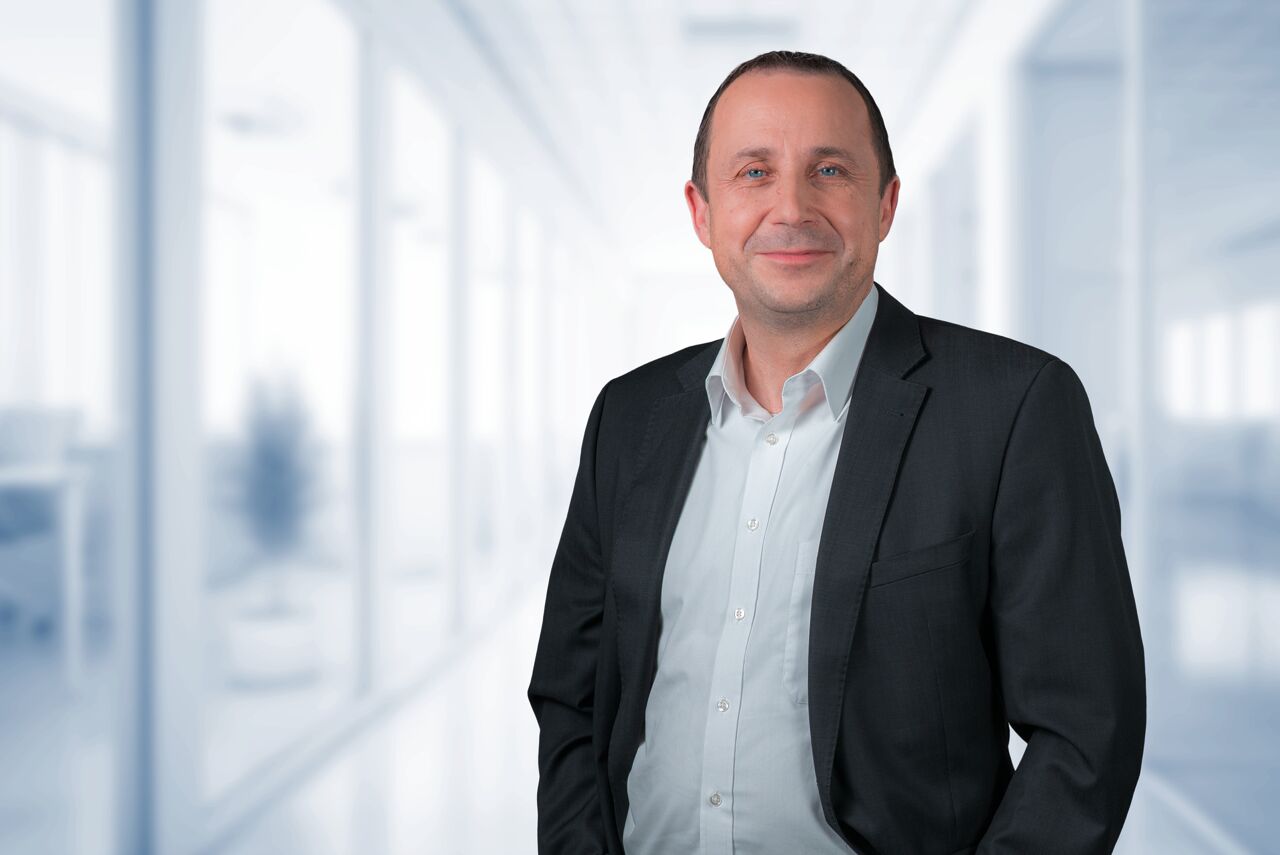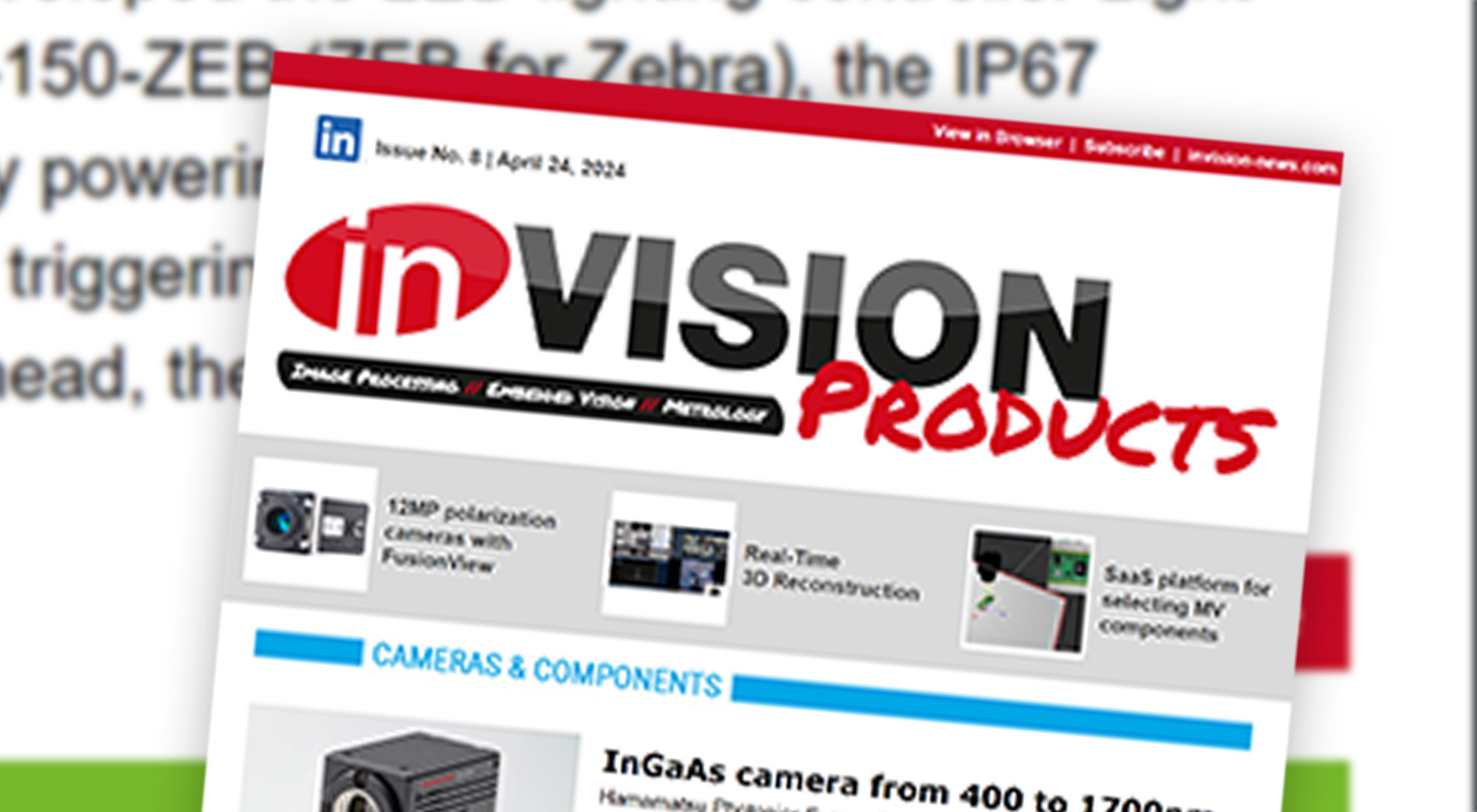Seeing Robots
Smart camera for Robotic Vision Guidance Platform
Recognition Robotics is able to use their visual recognition system to guide any robot to pick-up and place complex objects using a single robot mounted smart camera.

Image 1 | Accurate part information from a 2D image with CortexRecognition and the Neon 1020 smart camera, which has an Intel Atom Quad-Core Processor E3845 1.91GHz, a FPGA co-processor and weights less than 2kg. (Figure: Adlink Technology Inc.)
Recognition Robotics is a technology leader for visual recognition and robotic guidance. They have eleven patents which cover the capability to locate a part and determine six degrees of freedom from a single 2D camera image. As a result, the company is able to use their visual recognition system to guide any robot to pick-up and place complex objects using a single robot mounted smart camera. Today, Recognition Robotics has found success with over 300 systems deployed in applications, such as automotive body-in-white deracking applications, automotive powertrain and airframe fastening. The vision solution is simple to train and set up, and is able to use a single camera to acquire all of the information necessary for robot guidance. In 2012, Recognition Robotics went to market with their initial product called the Robeye, a solution for robotic guidance. The core differentiator of Robeye is visual recognition and guidance software that mimics the way humans see. „The algorithms are based on the human cognitive ability to recognize objects. When I developed these algorithms, I was mimicking the human visual cortex. We’ve used knowledge about human brain function, the point of view of the human eye, and put this into the software realm.“ describes Dr. Simon Melikian, CEO of Recognition Robotics, the advantages of the Robeye software. Robeye uses an industrial camera attached to the robot arm to take images of the robot workspace, and a separate industrial computer to process the images and communicate with the robot’s controller. From a single 2D image the system is able to recognize a part and return the x, y, z, Rx, Ry and Rz location information about the orientation of the part within the robot’s user frame. With this data, the robot is then able to update a preprogrammed path with the corrected offset data of that parts current location in space.
Problem
A large automotive parts supplier wanted to use a robotic arm to derack automotive body panels and place them onto a vehicle in the body-in-white part of the vehicle assembly process. With multiple suppliers and different generations of part racks, de-racking was a difficult process to automate until Recognition Robotics applied their vision algorithms to the robotic vision guidance problem. Prior to the implementation of vision guidance, part locations could float around between different racks with enough variation that it made it impossible for a robot to acquire parts from the racks in a repeatable fashion. With industrial floor space at a premium, the automotive customer required a system with the key characteristics of a smaller footprint, lower cost and simpler to setup and operate.
Solution
Recognition Robotics partnered with Adlink to leverage the Neon-1020 smart camera as the core of a new generation of Robeye. As a result of this partnership, the Robeye All-In-One (Raio) product was born. The smart camera provided all of the functionality necessary to meet the hardware design goals of the Raio product team. The camera has an Intel Atom Quad-Core Processor E3845 1.91GHz, a FPGA co-processor, Windows or Linux OS and weights less than 2kg. This architecture reduced the footprint of the Robeye product. The resulting camera package is ruggedized, IP67 sealed and proven to operate in the rigors necessary for end-of-arm tooling on an industrial robot. The Recognition Robotics software is Windows compatible and runs on-board the Neon-1020, thus eliminating the need for an external industrial computer to run the application. The entire solution can be mounted directly onto the robotic arm for robot guidance. Because the Raio unit is a completely self-contained visual recognition and guidance system, it’s easy to remotely interface the camera system and the robot controller for object teaching, configuration and execution. This capability now allows for remote programming and monitoring of multiple Raio work cells across the manufacturing floor network.













